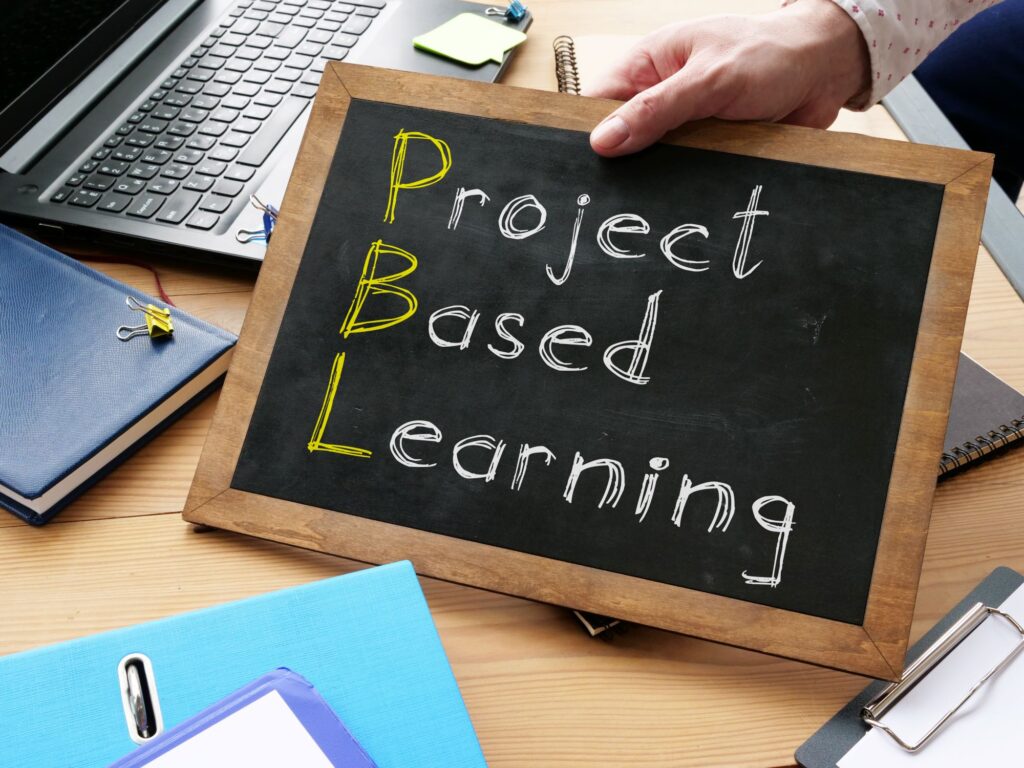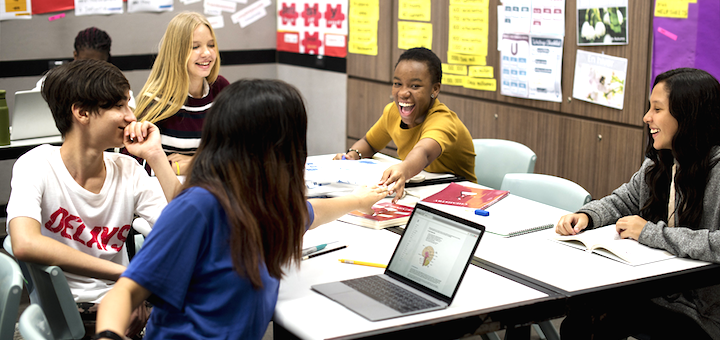Project-Based Learning
In the quest to make education more meaningful, engaging, and applicable to real life, one instructional strategy stands out: Project-Based Learning (PBL). Unlike traditional teaching methods that often emphasize rote memorization, PBL invites students to explore, investigate, and create solutions to real-world problems. With its student-centered focus and hands-on approach, Project-Based Learning is transforming classrooms into dynamic spaces of exploration and discovery.
But while the benefits are significant, implementing PBL isn’t without its challenges. Let’s explore what makes project-based learning so powerful—and what educators and institutions need to consider for successful adoption.
What is Project-Based Learning?
Project-Based Learning is an instructional method where students learn by actively engaging in real-world and personally meaningful projects. Rather than being passive recipients of knowledge, students in PBL settings become active investigators, researchers, and creators. A typical PBL unit revolves around a central question or problem, requiring collaboration, critical thinking, and sustained inquiry.
For example, instead of simply learning about climate change in a textbook, students might design a campaign to raise environmental awareness in their community, integrating science, research, writing, and presentation skills in the process.
Benefits of Project-Based Learning
1. Deeper Understanding of Content
When students engage in meaningful projects, they are more likely to understand and retain information. Instead of memorizing isolated facts, learners connect concepts in an integrated and applicable way, which strengthens comprehension and memory.
2. Develops Critical Thinking and Problem-Solving Skills
PBL emphasizes inquiry, analysis, and solution development. Students must evaluate information, test hypotheses, and make reasoned decisions—skills that are vital not only academically but in everyday life and the workplace.
3. Promotes Collaboration and Communication
Most projects involve teamwork, requiring students to collaborate effectively, resolve conflicts, and communicate ideas clearly. These experiences help cultivate interpersonal skills that are essential in both academic and professional settings.
4. Increases Student Engagement and Motivation
Students are naturally more invested when learning is relevant and hands-on. With PBL, learners take ownership of their education, which boosts motivation and encourages curiosity.
5. Fosters Creativity and Innovation
By designing solutions, building models, or presenting findings, students use creativity to express ideas and solve problems. This freedom encourages innovation and experimentation, building confidence and resilience.
6. Prepares Students for Real-World Applications
PBL mirrors tasks found in the real world, making learning more applicable and practical. Students practice research, planning, execution, and evaluation—preparing them for future careers and civic engagement.
Examples of Project-Based Learning in Action
- Elementary Level: Students create a community garden to learn about ecosystems, healthy eating, and teamwork.
- Middle School: Learners research local history and design a museum exhibit to share their findings.
- High School: Students develop a business plan for a start-up, integrating math, marketing, and economics.
- University Level: Engineering students collaborate on a sustainable energy project to present at a national competition.
These examples illustrate the versatility of project-based learning across all levels and subjects.
Challenges of Project-Based Learning
Despite its many advantages, PBL poses several challenges that educators and institutions must address.
1. Time-Intensive Planning and Execution
Designing meaningful projects requires careful planning, cross-curricular integration, and alignment with learning standards. Additionally, projects often take more class time than traditional lessons.
Solution: Start small with shorter projects, and collaborate with other teachers to distribute the planning load. Over time, build a bank of reusable PBL templates.
2. Assessment Difficulties
Evaluating PBL is more complex than grading a test or worksheet. Teachers must assess not only the final product but also process skills like collaboration, creativity, and critical thinking.
Solution: Use rubrics that clearly outline expectations and incorporate both self-assessment and peer assessment to provide a holistic view of learning outcomes.
3. Resource Constraints
Some projects require access to materials, technology, or field experiences that may be beyond the school’s budget or infrastructure.
Solution: Opt for low-cost or digital projects, leverage community partnerships, or seek grants and sponsorships to support PBL initiatives.
4. Teacher Training and Confidence
Not all teachers feel prepared to facilitate PBL, especially if they are used to traditional instruction methods.
Solution: Provide professional development opportunities focused on PBL strategies, classroom management, and assessment. Peer mentoring and collaborative planning can also build confidence.
5. Managing Group Dynamics
Teamwork is a core component of PBL, but managing diverse personalities and ensuring equal participation can be challenging.
Solution: Set clear expectations for group work, assign roles, and provide guidance on conflict resolution and effective collaboration.
Strategies for Successful Project-Based Learning
To overcome challenges and maximize the benefits, educators should follow a structured approach to PBL implementation.
1. Start with a Driving Question
A compelling question or problem provides direction and purpose. It should be open-ended, relevant, and encourage critical thinking. For example: “How can we reduce our school’s carbon footprint?”
2. Plan for Inquiry and Research
Guide students in conducting research, gathering data, and evaluating sources. Scaffold the process with mini-lessons, check-ins, and resources to support independent learning.
3. Encourage Student Choice and Voice
Allow students to choose project topics, roles, or formats based on their interests and strengths. This increases ownership and engagement.
4. Facilitate, Don’t Dictate
In PBL, the teacher’s role shifts from lecturer to facilitator. Support students by asking guiding questions, providing feedback, and encouraging reflection.
5. Include Reflection and Revision
Build in time for students to reflect on their learning, revise their work, and make improvements. Reflection fosters self-awareness and deeper learning.
6. Share the Work Publicly
Presenting projects to an authentic audience (peers, parents, community members) adds meaning and accountability. It also builds communication and presentation skills.
The Future of Project-Based Learning
As education evolves to meet the demands of the 21st century, Project-Based Learning is gaining momentum as a powerful tool to prepare students for a rapidly changing world. With the rise of digital tools, virtual collaboration, and global challenges, PBL offers a way to connect students to real-world issues and develop adaptable, resilient learners.
Institutions are increasingly adopting PBL models, from elementary schools to universities, and across disciplines from STEM to the humanities. It’s no longer a niche approach—it’s becoming a foundational strategy for forward-thinking education.
Final Thoughts
Project-Based Learning is a transformative educational approach that offers deep learning, real-world relevance, and essential skill-building. By making students active participants in their learning journey, PBL fosters curiosity, collaboration, and creativity.
While the transition to project-based instruction can be demanding, the long-term benefits for students and educators alike are worth the effort. With thoughtful planning, adequate support, and a willingness to adapt, PBL can become a cornerstone of modern education—preparing students not just for exams, but for life.



